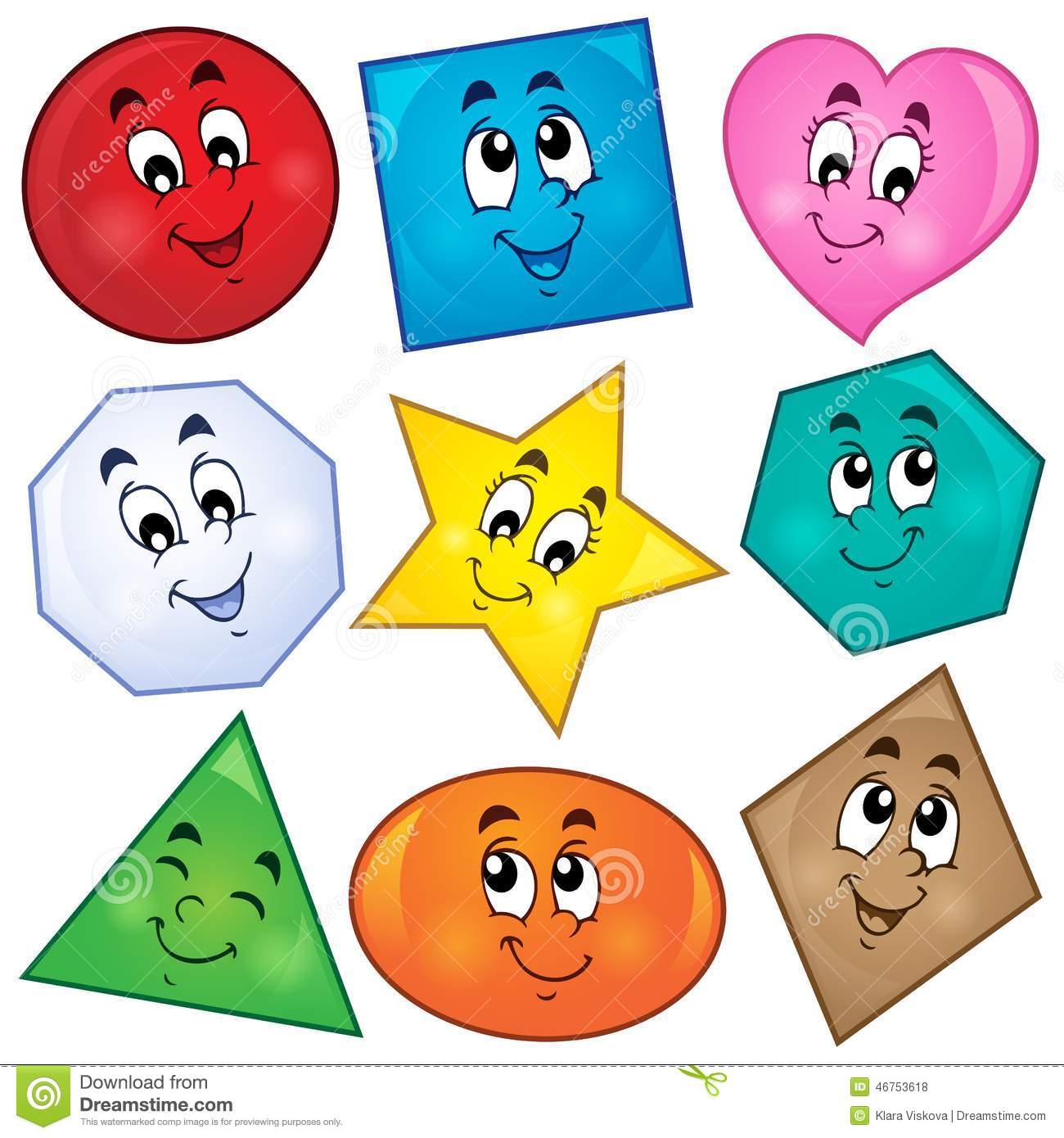

1 = triangle 2 = circle 3 = regular hexagon 4 = irregular octagon etc.

Then, children could see how many they can find, recording the name of each one they find on a sheet of paper e.g. You could print out images of 2D shapes and pin them up around the playground, numbering them. Take it outside! Children love being outside so why not set up a scavenger hunt type activity. By physically making the shapes and talking about their properties, children are much more likely to remember them.Ħ. Make it! Why not get your class to make 2D shapes from art straws. This is a really good way to get them to use the vocabulary associated with 2D shape so be sure to have a word bank visible for children to refer to.ĥ. Spot the difference - Show children 2 shapes on the board and ask them to state as many differences as they can between them. Perhaps provide them with a checklist or table in which to record the shapes they find.Ĥ. Spot the Shape! Children could be asked to go on a shape hunt around the classroom or school. You could give children a word bank with the vocabulary you want them to include in their riddles.ģ.

Alternatively, they could write their own riddles for each other, trying to use the correct vocabulary. Shape riddles - Children could be asked to identify a 2D shape from a description of its properties. Also make sure to show 2D shapes in different orientations - just because the rectangle is 'slanted' doesn't mean it isn't still a rectangle!Ģ. Make sure to include a range of different versions of each shape so that children used to seeing both regular and irregular versions of the shapes. Shape sorting - giving children a collection of 2D shapes and asking them to sort them by number of sides, vertices or type can be a really useful activity. For example, all the angles in a regular triangle equal 60º.Īn irregular 2-D shape has sides and angles of differing sizes.ġ. The intersect is the point where two lines meet.Ī regular 2-D shape’s sides and angles are all equal. Perpendicular lines intersect at a right angle. Parallel lines travel in the same direction and are always the same distance apart. Vertical lines are perpendicular to the horizon. Horizontal lines are parallel to the horizon.Ī vertical line goes from top to bottom (or bottom to top) of a page. A corner is also called a vertex, the plural of vertex is vertices.Ī straight line does not have a bend or curve.Ī horizontal line goes from left to right (or right to left) across a page. The corner of a 2-D shape is the point where two sides meet. The side of a 2-D shape is the line that forms the outline of the shape. Knowing what the vocabulary means is really important for children when they come to describing the properties of 2D shapes. 2D Shapes Properties - Important Vocabularyīefore we look at examples of 2D shapes, let's begin by unpicking their properties.


 0 kommentar(er)
0 kommentar(er)
